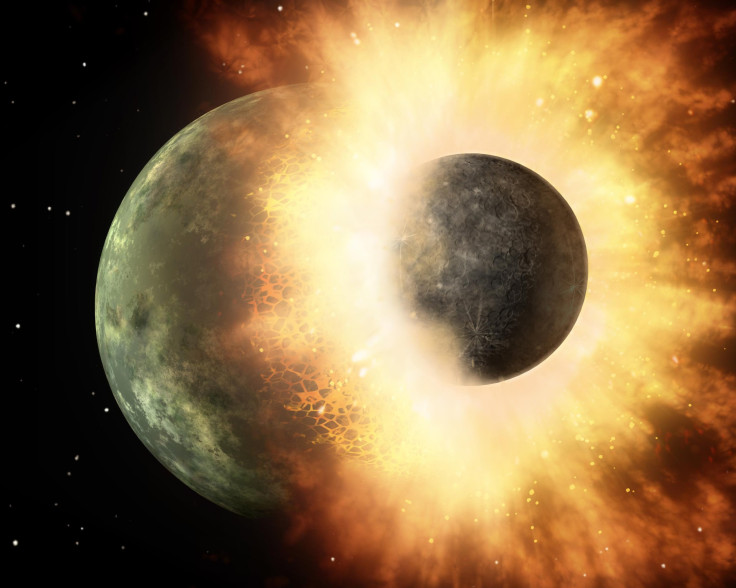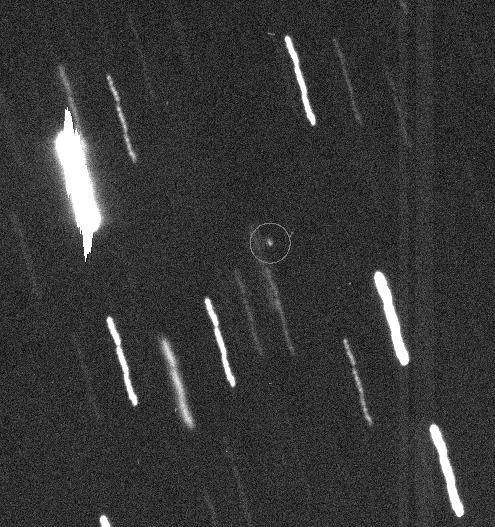No, The ‘Potentially Hazardous’ Asteroid AJ129 Will Not Hit Earth

An asteroid that NASA categorized as a “potentially hazardous” object has no chance of colliding with Earth at any point in the coming century, despite reports hinting at an impending doom for the planet.
The space agency said Jan. 19 that the asteroid, dubbed 2002 AJ129, will be at least as far from Earth as 10 times the distance to the moon, which roughly translates to about 2.6 million miles. It will pass at that distance Feb. 4 around 4:30 p.m. EST.
“We have been tracking this asteroid for over 14 years and know its orbit very accurately,” Center for Near-Earth Object Studies manager Paul Chodas said in the statement from NASA, which runs the center through its Jet Propulsion Laboratory in California. “Our calculations indicate that asteroid 2002 AJ129 has no chance — zero — of colliding with Earth on Feb. 4 or any time over the next 100 years.”
Although it is classified as a “potentially hazardous asteroid,” NASA gives that title to all asteroids, or other rocks, that come within 4.6 million miles of Earth. They are at least 500 feet long and fall within the larger category of “near-Earth objects,” which refers to comets and asteroids that come within 120 million miles of the planet.
The only remarkable thing about the flyby event will likely be the speed at which the asteroid is traveling: NASA has estimated it is moving 76,000 miles per hour, or a little more than 21 miles each second. That is “higher than the majority of near-Earth objects during an Earth flyby,” the agency said. “The high flyby velocity is a result of the asteroid's orbit, which approaches very close to the sun.”
An animation of the asteroid’s orbital path shows it taking a narrow curve around the sun before swinging back out into a wide ellipse through the solar system’s great beyond.
AJ129 was discovered in 2002. It is smaller than a mile across — somewhere between 0.3 miles and 0.75 miles.
Near-Earth objects soar past the planet all the time. NASA keeps a log, which the public can view, that lists these kinds of asteroid approaches. There were a couple listed for Jan. 19 and even more occurring from then until AJ129’s visit, according to the log. Asteroid 2018 AQ2, for example, is due to fly past Feb. 2. It is estimated to be between 300 feet and 650 feet across and will be moving at about 11 miles per second when it zooms past Earth at a distance of about 13 times farther than the moon.
There are space rocks that pass closer than the moon, but they are generally much smaller and slower than asteroids like AJ129 and AQ2. One notable exception is the asteroid nicknamed Apophis. When that asteroid, which is between 0.2 miles and 0.4 miles across, passes by Earth in April 2029, it will be only one-tenth the distance to the moon — closer than some satellites. Still, scientists have said the chances of Apophis striking Earth are as low as one in 100,000.

© Copyright IBTimes 2025. All rights reserved.



















